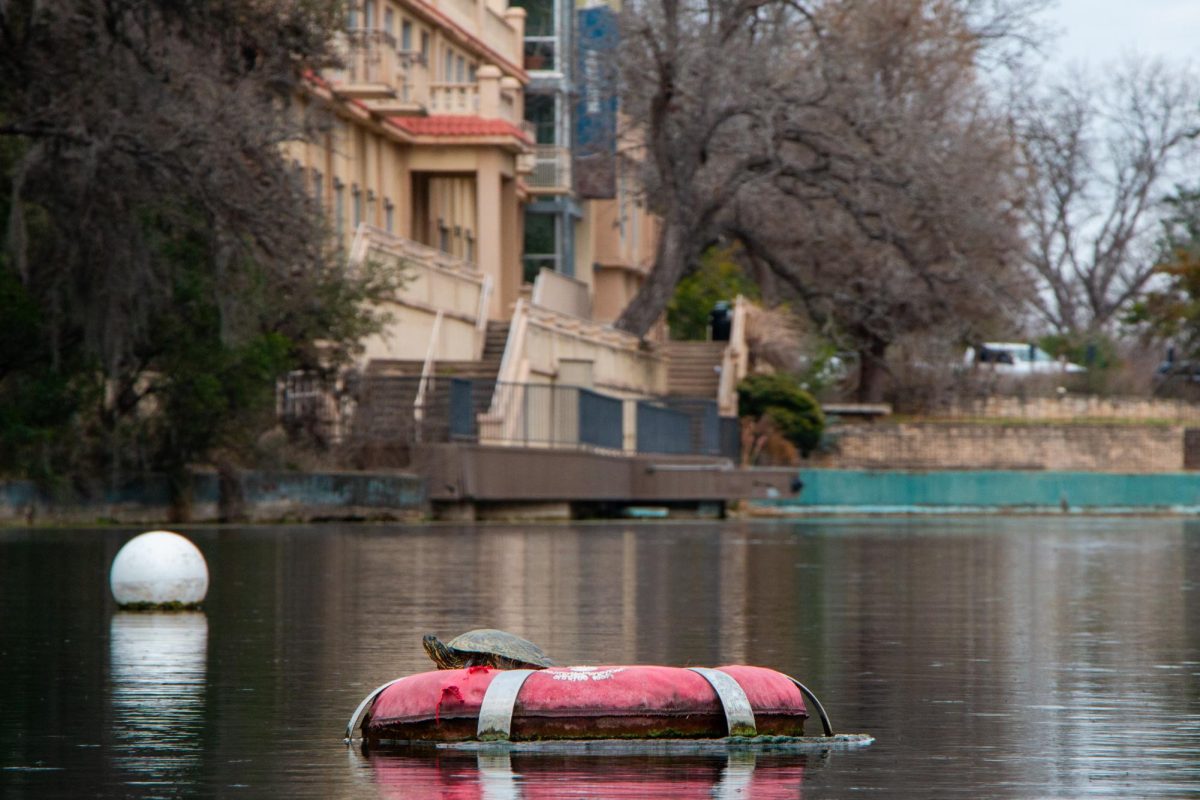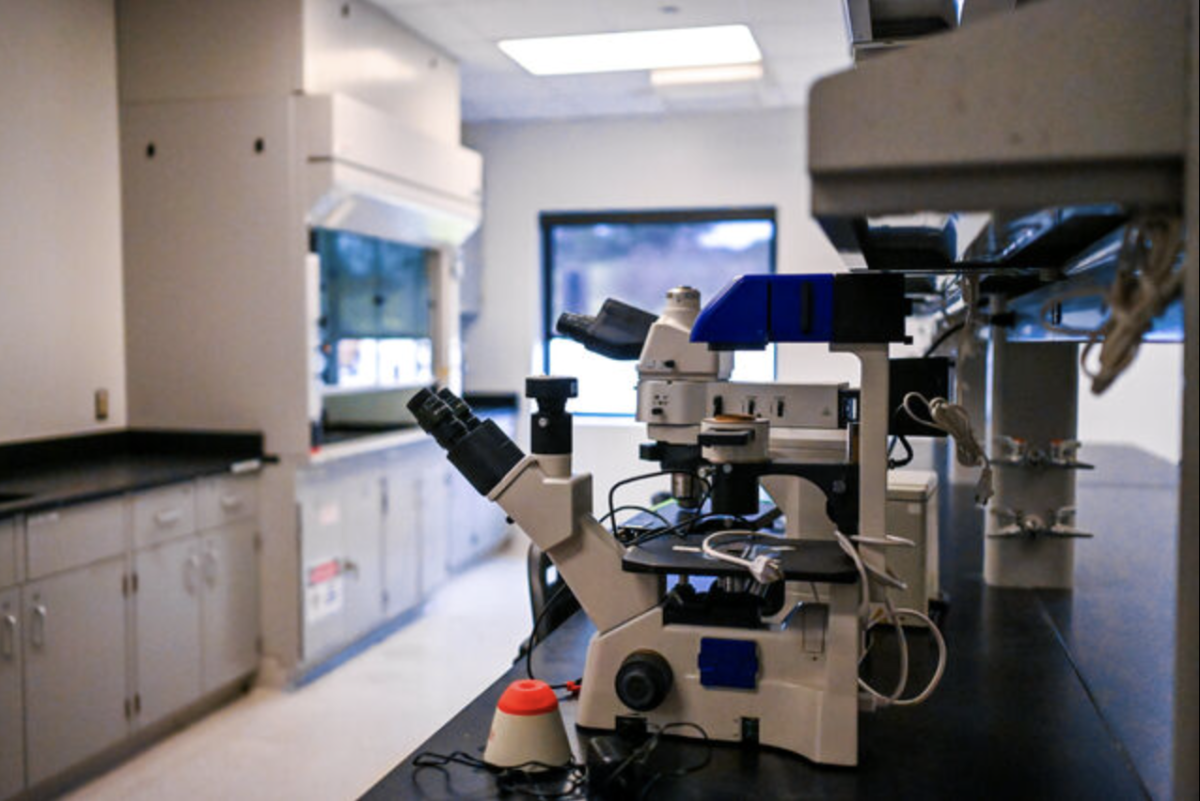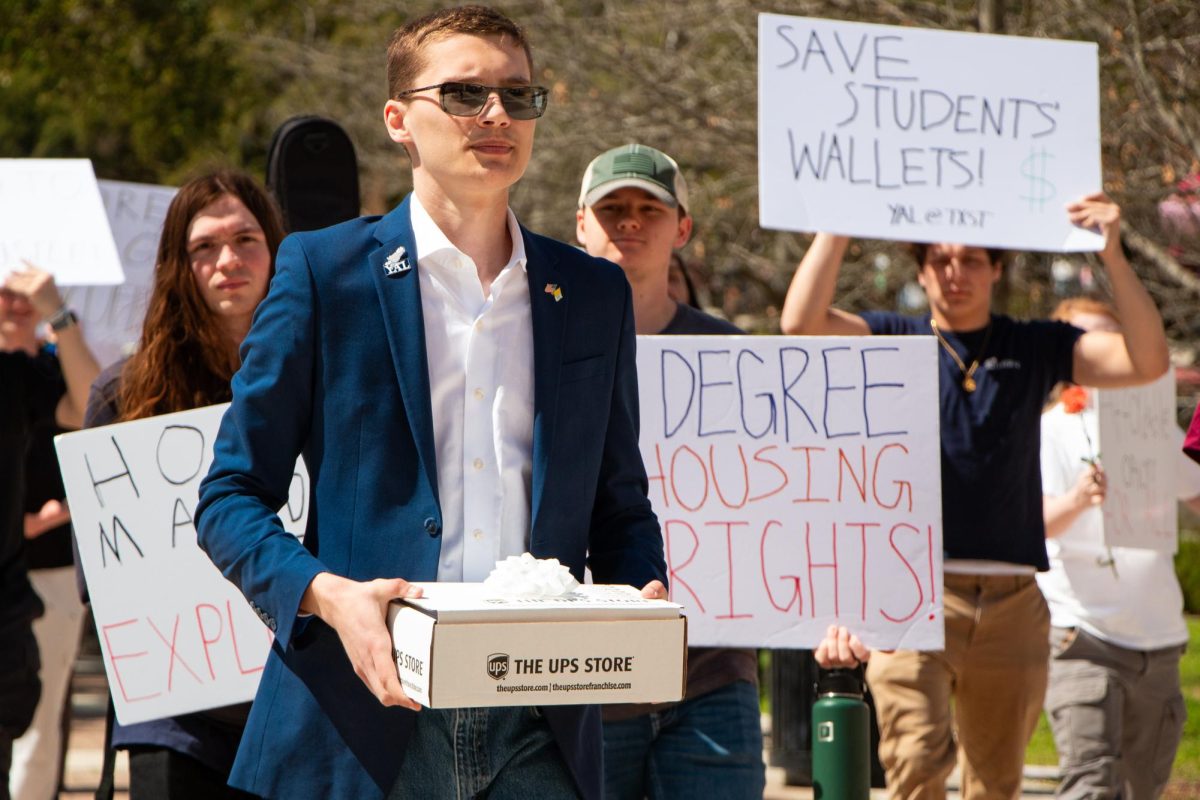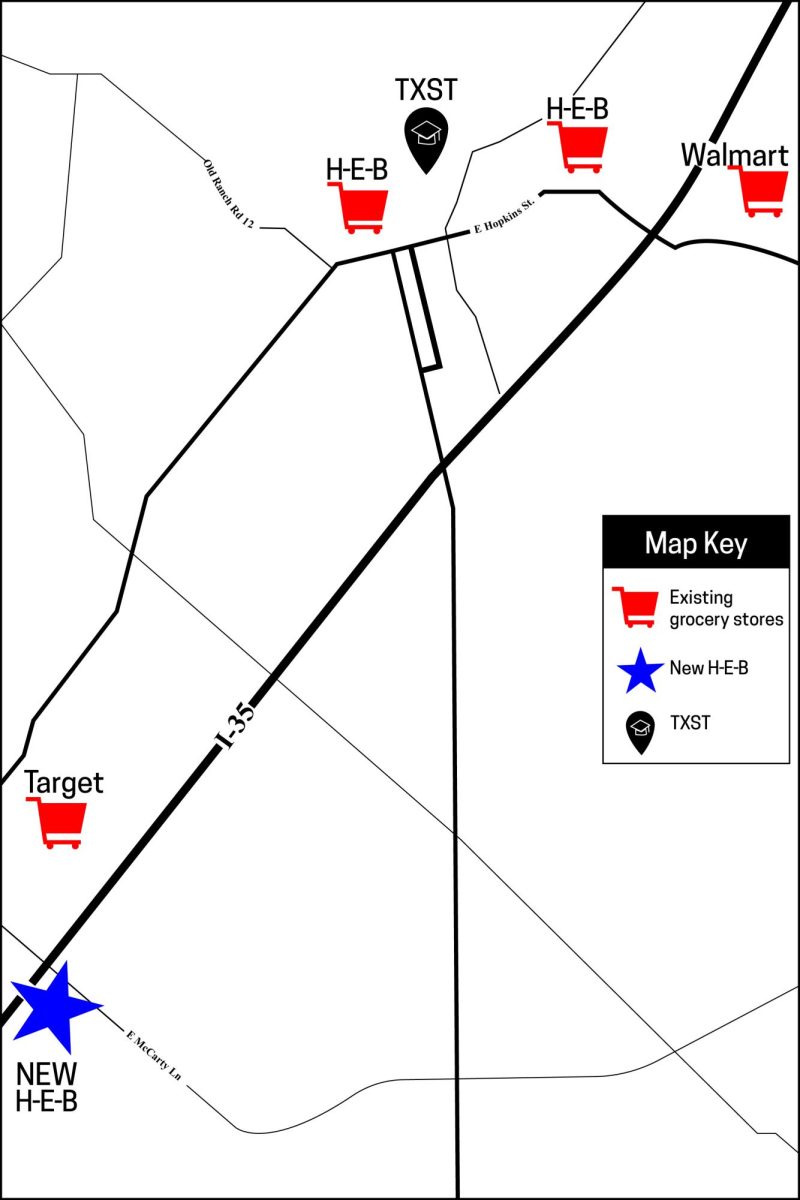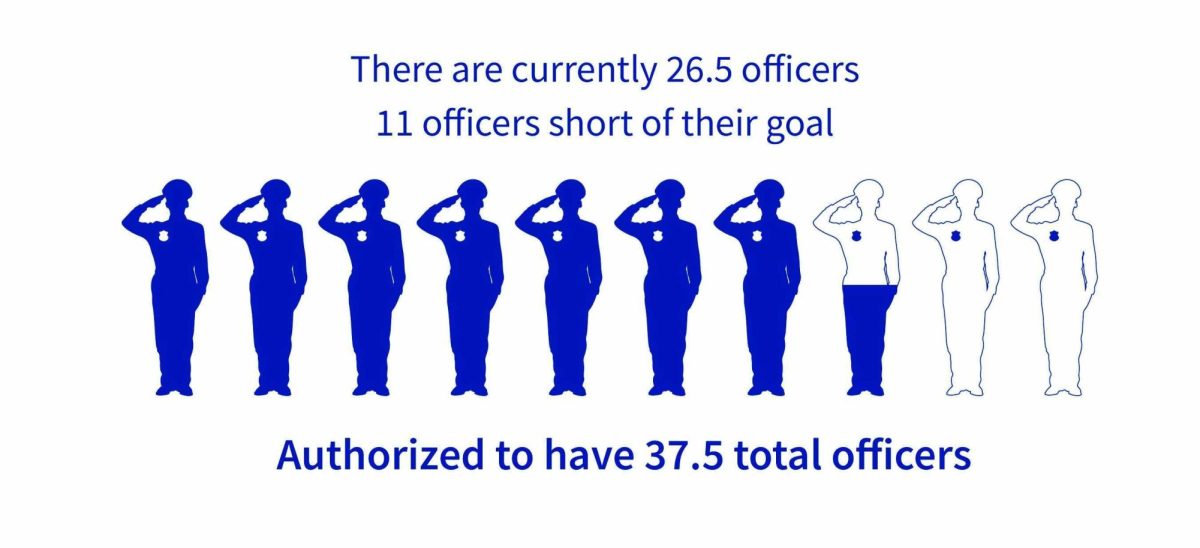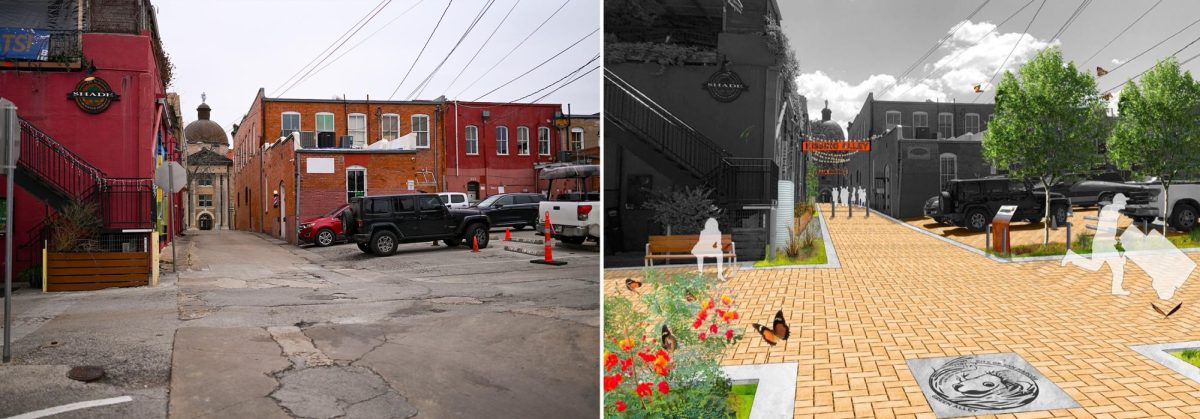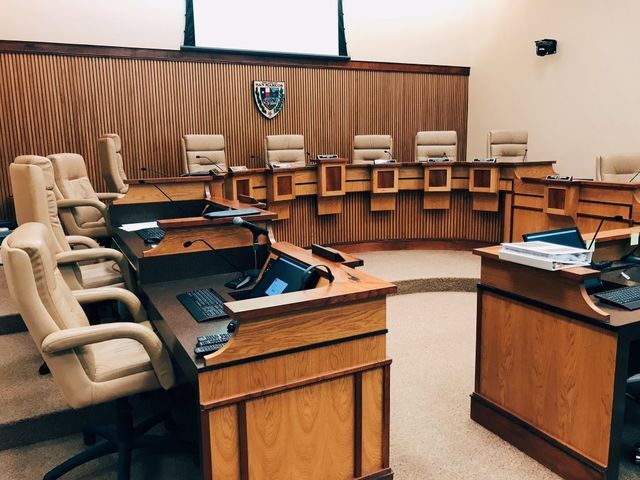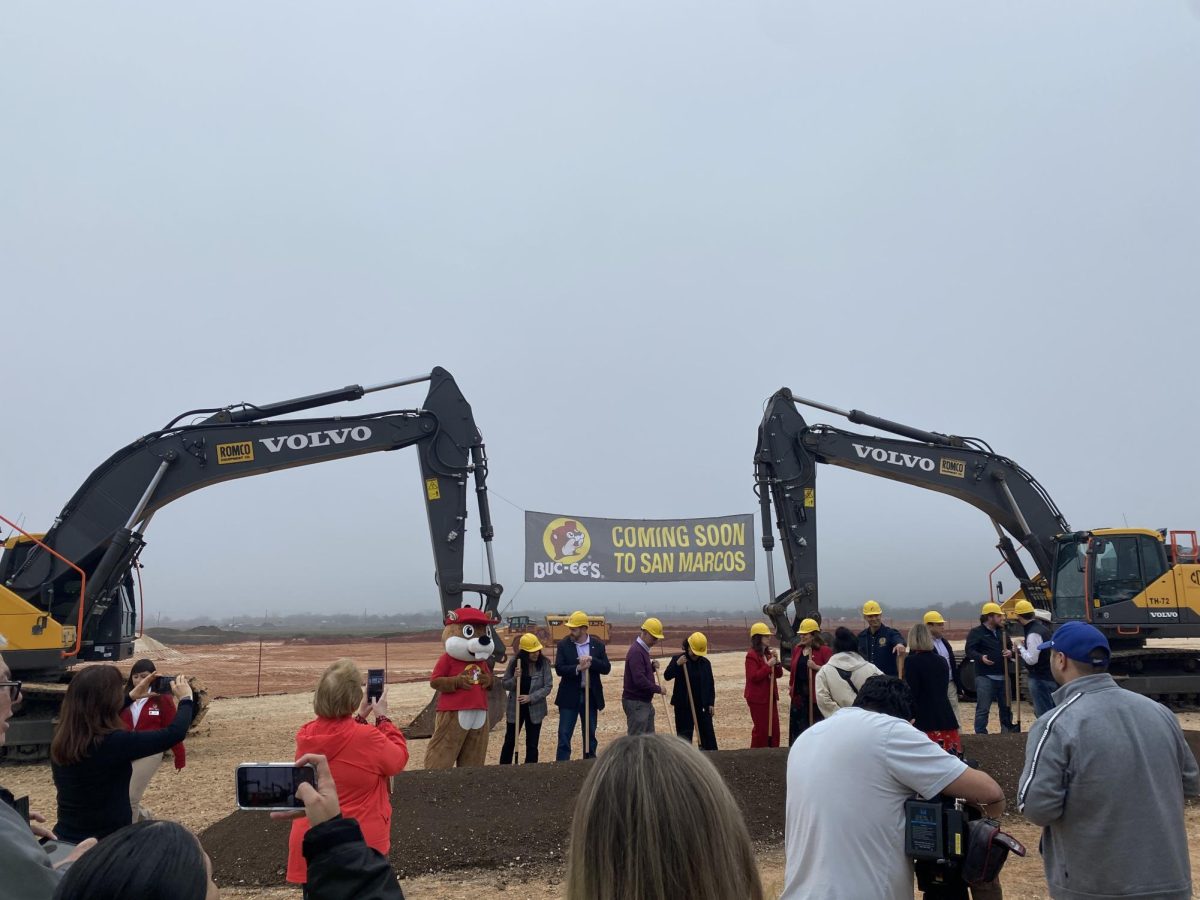San Marcos is projected to face a water shortage by 2047, as current resources are unable to meet the expected future demand.
San Marcos’ user base – residents, businesses and other entities relying on SMTX Utilities – is projected to grow to 303,000 by 2075, much higher than the previous city estimate of 188,000, according to Tom Hjorth, director of SMTX Utilities, in a presentation to San Marcos City Council.
Hjorth told city council the amount of water consumed in a day from city resources is projected to surge under current estimates.
“Your usage [under current population estimates] then goes from nearly 19 million gallons a day to over 33 million gallons [of water] a day,” Hjorth said.
Hjorth said in addition to adding new water sources and modifying ordinances, the primary solution for meeting San Marcos’ future water demand will be recycled water.
The Carrizo Water Treatment Plan, which opened in December 2024, produces recycled water, which is wastewater that is treated and now safe for reuse.
The plant, which is expected to be fully operational by October 2025, will recycle 15 million gallons of usable water daily. That recycled water will be split between various communities, with San Marcos receiving just over 5 million gallons per day—leaving the city short of meeting the projected demand.
Robert Mace, director of the Meadows Center, believes increased demand would have to be met with increased pumping of existing resources.
“I do have concerns because [lots of communities and businesses are] going to the Carrizo-Wilcox for meeting future demands and… there’s gonna be a lot of pumping from that aquifer that’s gonna have some big impacts,” Mace said.
Virginia Parker, director of the San Marcos River Foundation, said the potential of bills increasing for users will primarily depend on the type of water treatment used and the availability of external funding.
“If the city took on that cost without finding outside funding… that could cause an increase in fees,” Parker said. “So we can either find money in outside sources through grants and loans for infrastructure to prevent a lack of open enough water or the city [pays] for the infrastructure that’s needed for water.”
However, Parker said if water rates do increase, low-income residents can apply for assistance from the city through the Community Services Application, while residents with higher incomes can conserve their water use.
“The ideal scenario is that low-income families are not affected because they’re, signing on for the reduction in fees,” Parker said. “Then the people that do have financial resources would have higher rates and therefore start to conserve [water consumption.]”
A water shortage could also halt developments within the city, according to Mace.
“One thing that happens [when the water runs out] is growth moratoriums because you can’t build a new neighborhood if you don’t have the water,” Mace said. “You can’t bring in a new business or manufacturing plant if you don’t have the water.”
Hjorth said water conservation, particularly compliance with San Marcos Ordinance 2021-05, which requires all new developments after 2021 to use native plants in landscaping, is essential for managing water usage.
Mace agreed water conservation is important to protecting city water resources.
“About a third of [annual] water use comes from outdoor water use,” Mace said. “If [residents] can be as efficient as possible or even eliminate outdoor water use you’ve reduced residential use by a third.”
Other organizations, such as the Office of Sustainability at Texas State, encourage students to take small steps to conserve water in their daily routines, such as limiting showers to 10 minutes and turning off the tap when brushing their teeth helps to reduce water use by students.


